Calf raises are one of the most effective exercises to build strength and definition in your calves. Using a calf raise machine, whether it's a seated or standing variation, helps target the soleus and gastrocnemius muscles, two key muscles in your lower leg. This article will guide you through how to properly use a calf raise machine to maximize your workout and avoid injury.
What is a Calf Raise Machine?
A calf raise machine is designed to isolate the calf muscles and enable you to perform calf raises with added weight. There are two main types of calf raise machines:
-
Standing Calf Raise Machine – This machine has a platform for you to stand on, with pads that rest on your shoulders. It allows you to work your calves in a standing position, which targets the gastrocnemius muscle, the larger calf muscle.
-
Seated Calf Raise Machine – In this variation, you sit down with the weight pad resting on your thighs, and your feet are positioned on a platform. This targets the soleus muscle, which lies underneath the gastrocnemius.
Benefits of Using a Calf Raise Machine
Before diving into the step-by-step instructions, let's quickly look at why the calf raise machine is a great addition to your workout routine:
- Targeted Muscle Activation: It isolates your calf muscles better than doing standing calf raises with free weights, providing more focused muscle engagement.
- Controlled Motion: The machine supports controlled movement, reducing the risk of using improper form, which can lead to injury.
- Increased Load Capacity: By adding weight to the machine, you can progressively overload the muscles, promoting muscle growth and strength.
- Convenient and Safe: Unlike doing calf raises with a barbell, the calf raise machine minimizes the risk of dropping weights and injury while allowing for more flexibility in movement.
How to Use a Calf Raise Machine (Step-by-Step)
1. Adjust the Seat and Foot Platform
Before starting, make sure the calf raise machine is set up correctly:
- For a standing calf raise machine, adjust the shoulder pads so that they sit comfortably on your shoulders, ensuring they don't dig into your neck. The foot platform should be at a level that allows your heels to hang off, providing a full range of motion.
- For a seated calf raise machine, adjust the seat so that your knees are comfortably positioned under the pads, and your feet can rest flat on the platform. The pad should be set in a way that it applies pressure to your thighs without discomfort.
2. Set the Desired Weight
Choose a weight that is appropriate for your fitness level. Start with a lighter load to practice the motion and gradually increase the weight as you build strength. The calf raise machine typically allows you to add weight plates or adjust the machine's resistance.
3. Position Your Feet
- For a standing calf raise, place the balls of your feet on the platform, with your heels hanging off the edge. Keep your feet shoulder-width apart, and avoid turning them outward or inward.
- For a seated calf raise, place your feet on the platform with your toes pointing forward, ensuring your feet are aligned properly for maximum calf engagement.
4. Perform the Calf Raise
- Standing Calf Raise: Press through the balls of your feet to lift the weight, extending your ankles and raising your body upwards. Keep your legs straight and avoid locking your knees.
- Seated Calf Raise: With your knees bent, press through the balls of your feet to raise the weight while keeping your thighs stationary. Your lower legs should do all the work as you raise and lower the weight.
5. Control the Movement
As you lift the weight, focus on contracting your calf muscles and reaching the highest point of the movement. At the top of the lift, hold for a brief second to maximize muscle engagement. Then, slowly lower the weight back to the starting position, ensuring you don’t let the weight drop too quickly. A controlled movement will activate the muscles more effectively.
6. Repeat the Motion
Perform 3-4 sets of 12-15 reps, ensuring proper form and technique throughout the exercise. If you find the movement too easy, gradually increase the weight.
7. Cool Down and Stretch
After completing your sets, take a few minutes to stretch your calves. Tight calves can lead to injury, so incorporate stretching into your post-workout routine to maintain flexibility.
Tips for Maximizing Your Calf Raise Workout
- Full Range of Motion: Ensure that you are using a full range of motion when performing calf raises. Lower your heels as far as possible for a deep stretch, and raise them high enough to contract the calf muscles fully at the top.
- Mind-Muscle Connection: Focus on engaging your calves throughout the movement. Visualizing the contraction of the muscles can improve your form and help you get more out of each rep.
- Variety: Incorporate both standing and seated calf raises into your routine to target both the soleus and gastrocnemius muscles. This will lead to more well-rounded calf development.
- Progressive Overload: Gradually increase the weight as you get stronger. Progressive overload is key to muscle growth and will help you see results faster.
Common Mistakes to Avoid
- Using Too Much Weight: Starting with too heavy a weight can compromise your form. Focus on controlled movements and proper technique before adding more resistance.
- Bouncing at the Top: Avoid bouncing or jerking your body at the top of the lift. This can cause strain on your joints and reduce the effectiveness of the exercise.
- Not Stretching: Stretching is often overlooked, but it’s crucial for preventing tightness and injury in your calves.
Conclusion
The calf raise machine is a fantastic tool for building strong, toned calves. By following the proper form and technique outlined in this guide, you can effectively target your calf muscles and achieve better results in less time. Whether you're training for strength, muscle definition, or endurance, adding calf raises to your routine can help take your fitness to the next level. Remember to progress gradually and always listen to your body to avoid injury. Happy training!

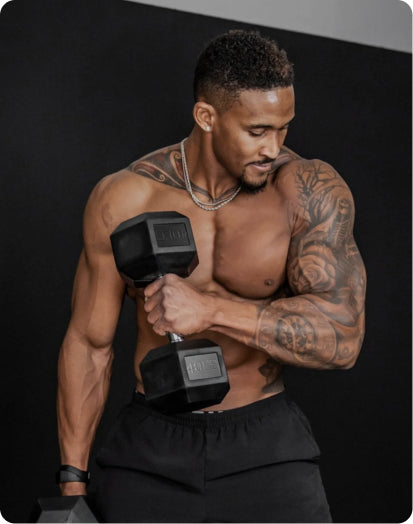
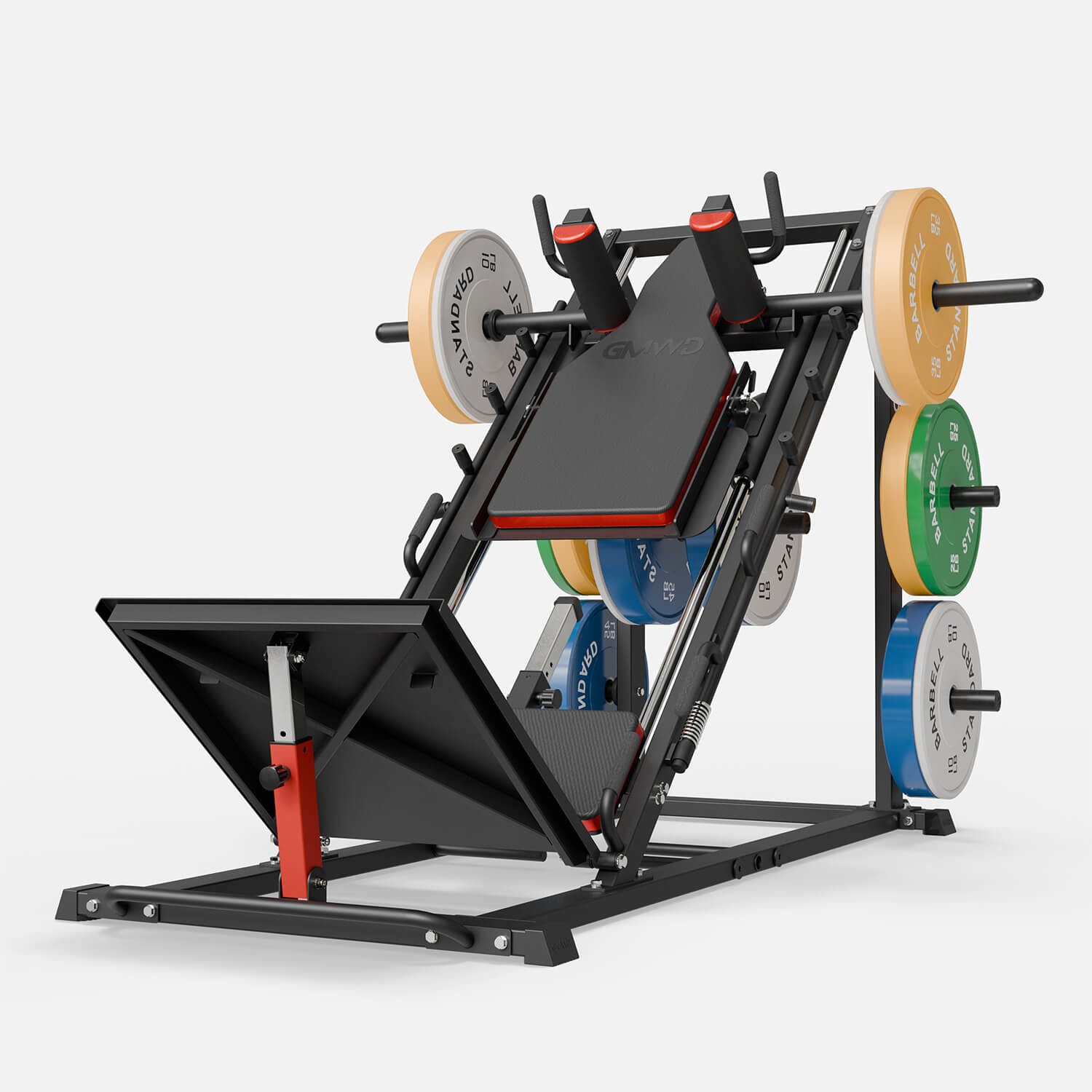
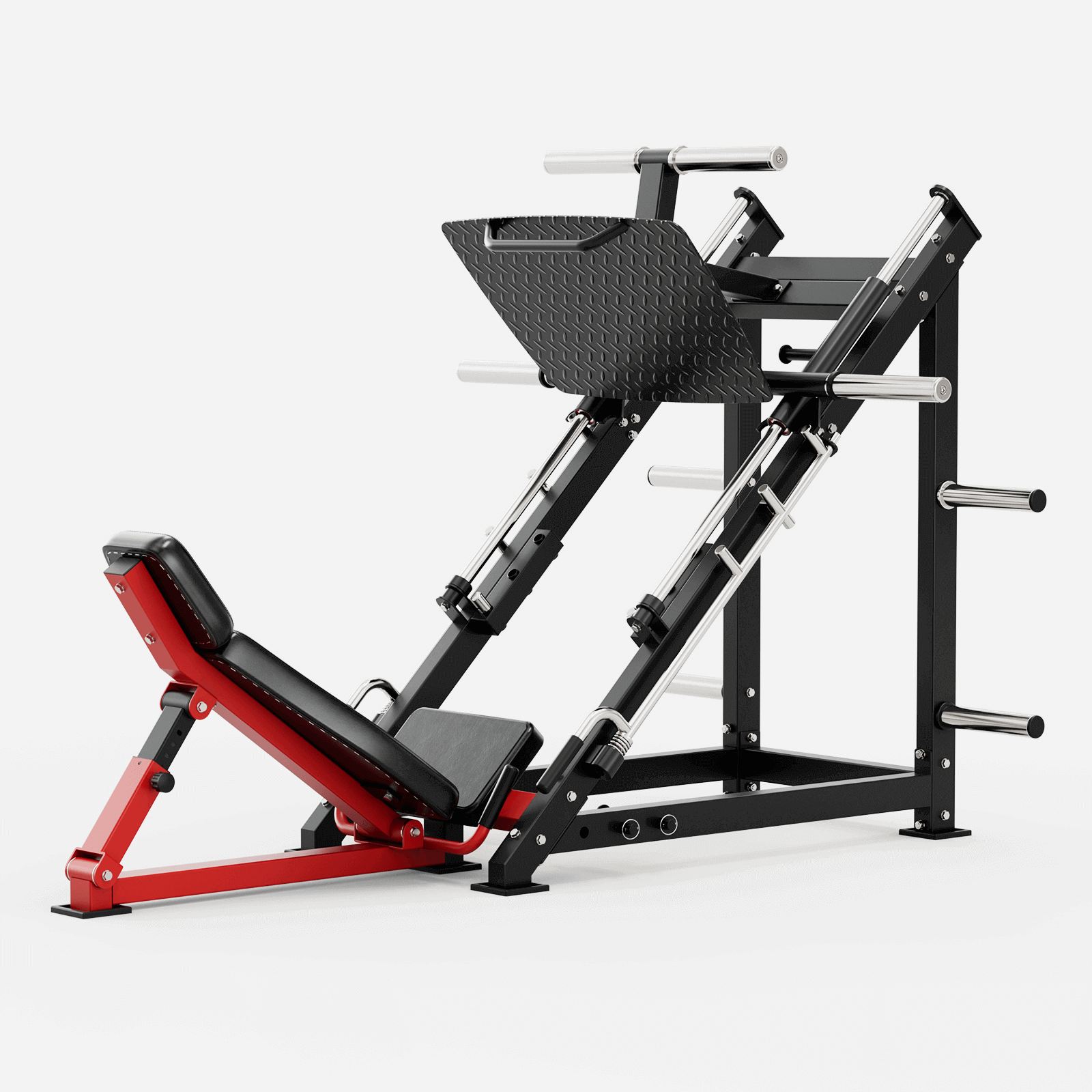
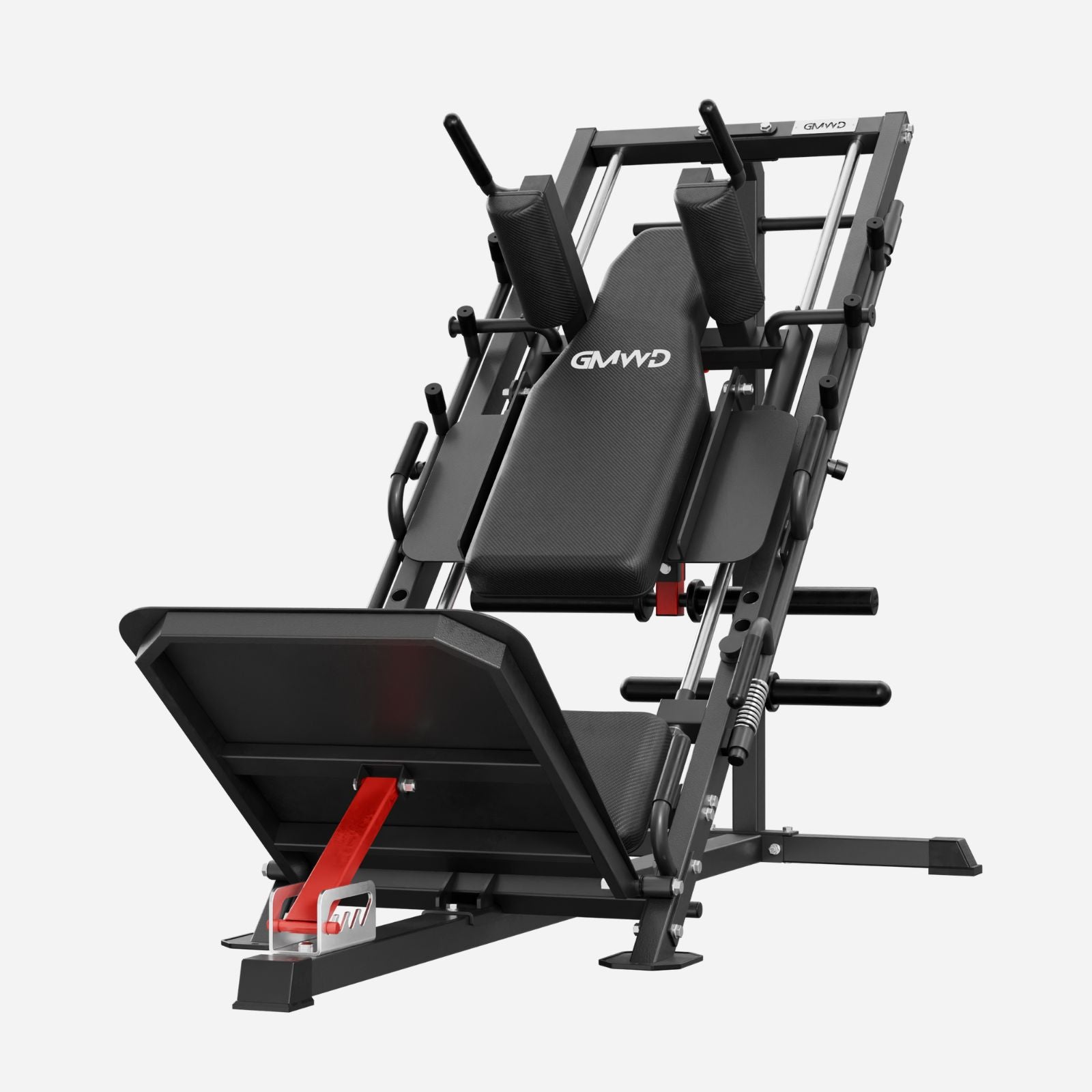
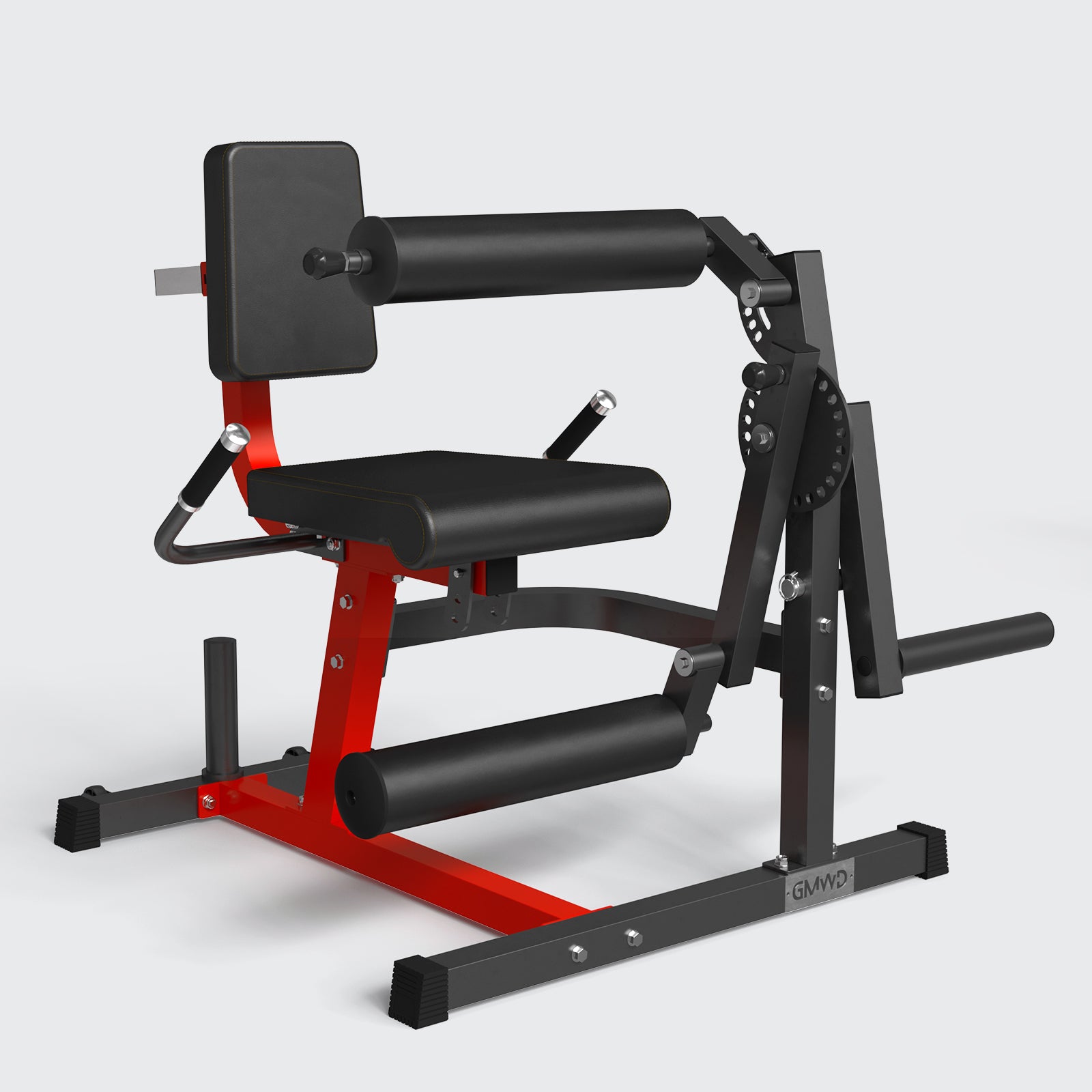
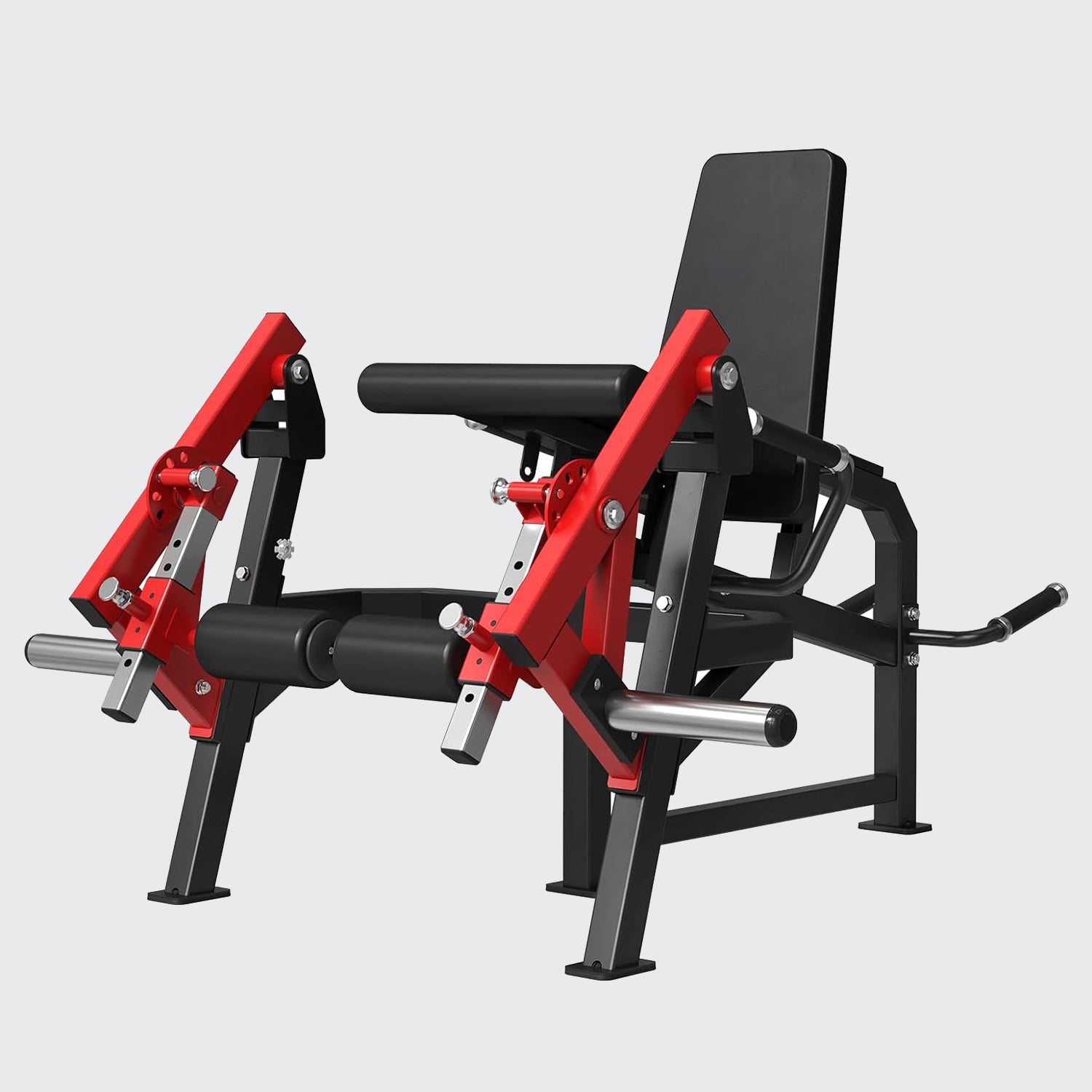
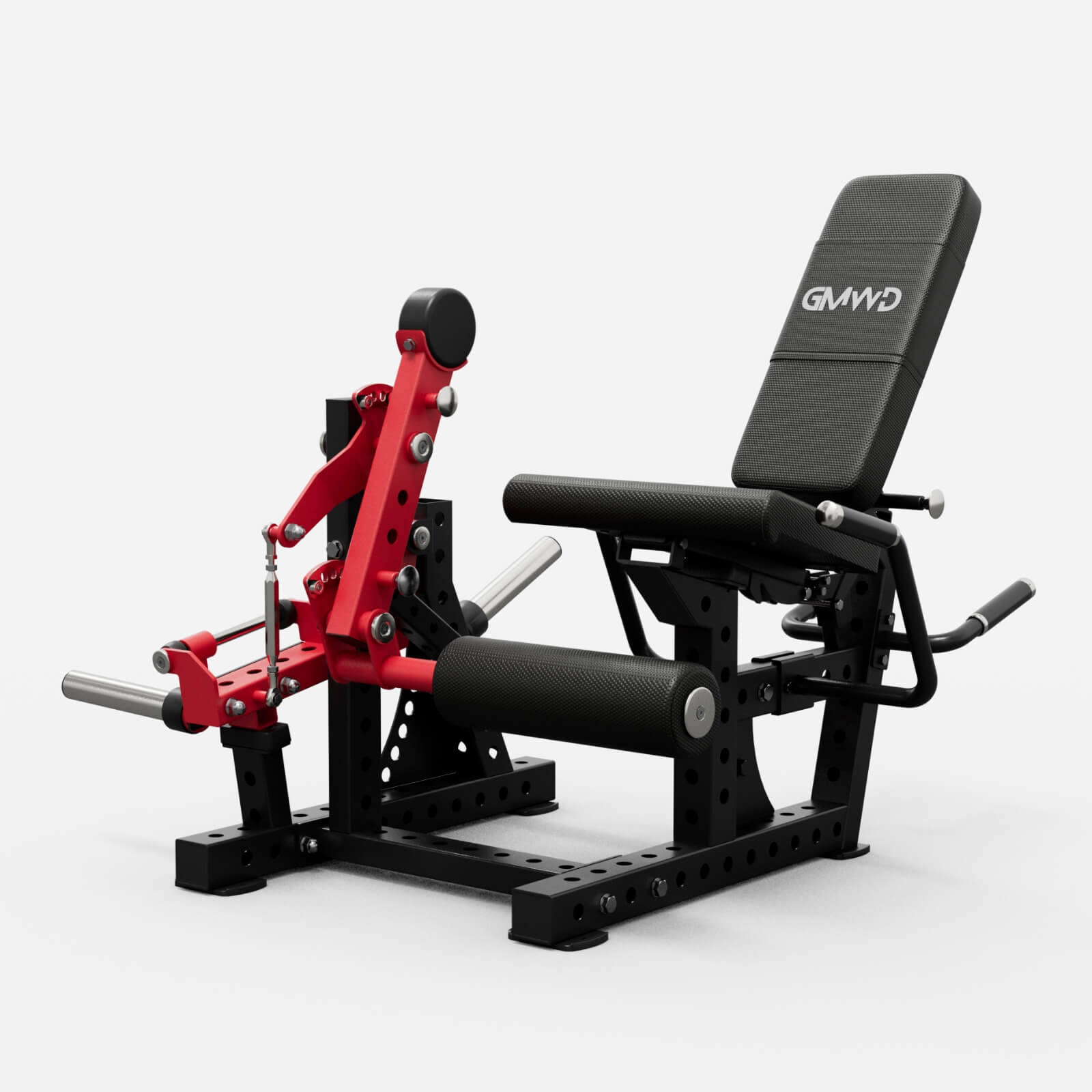
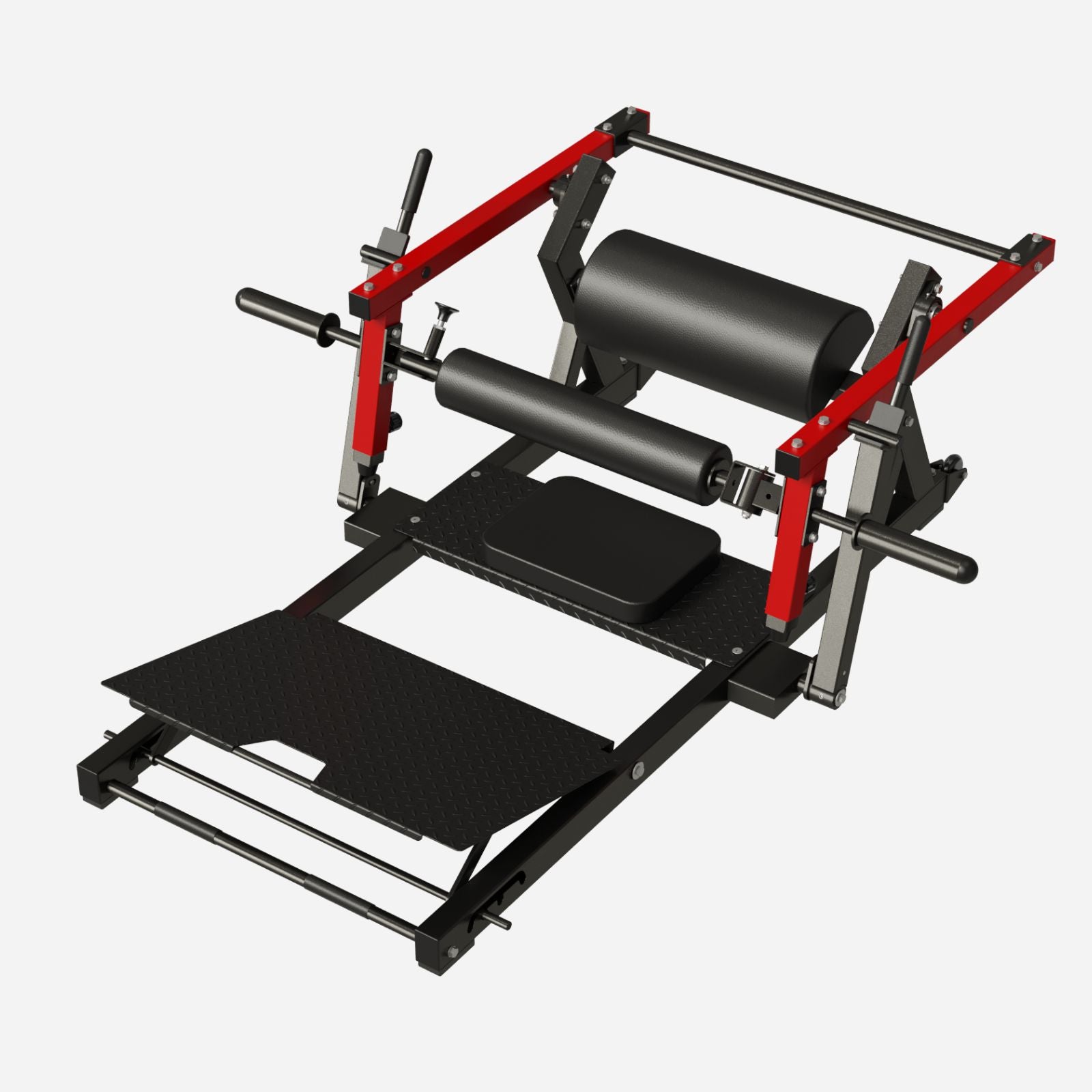

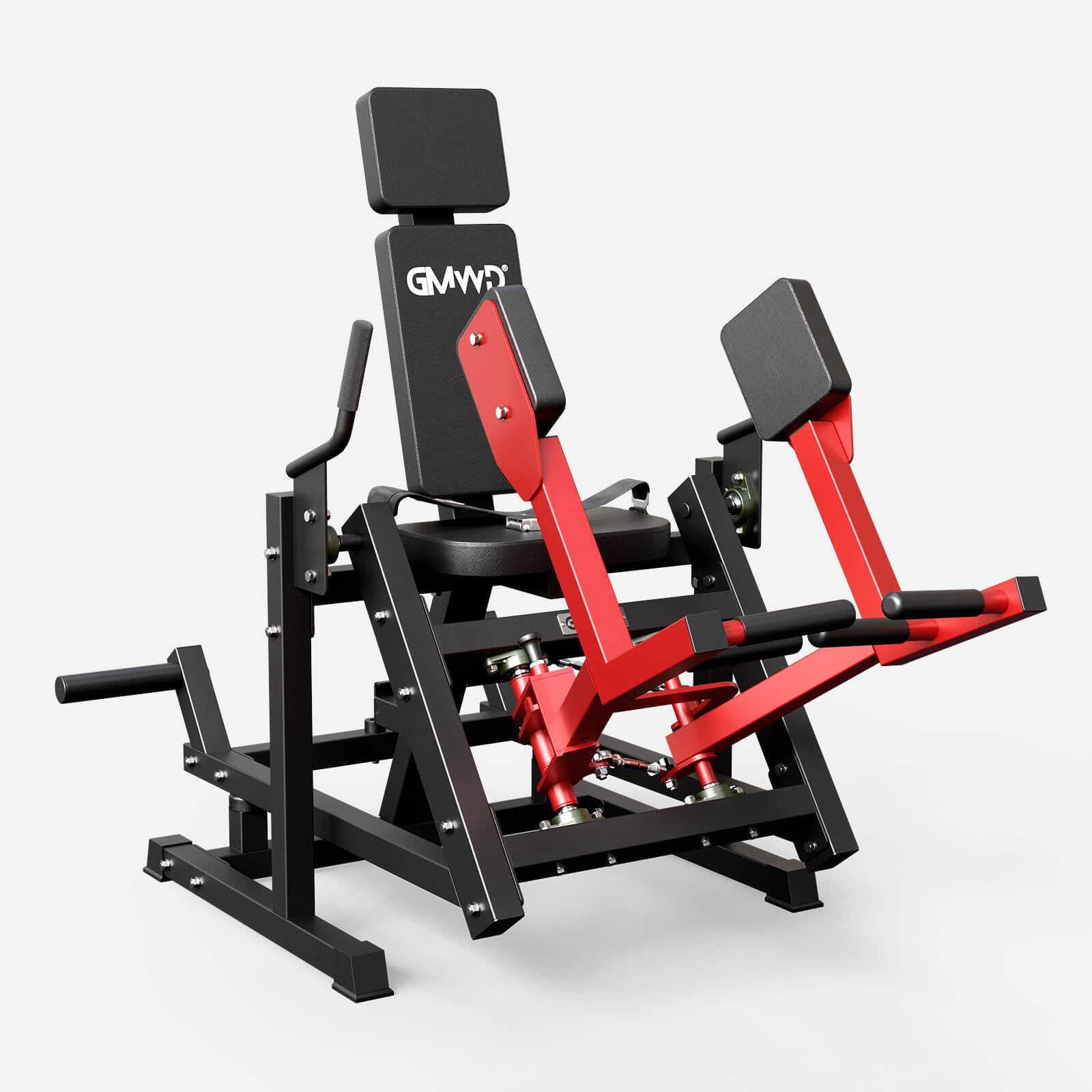
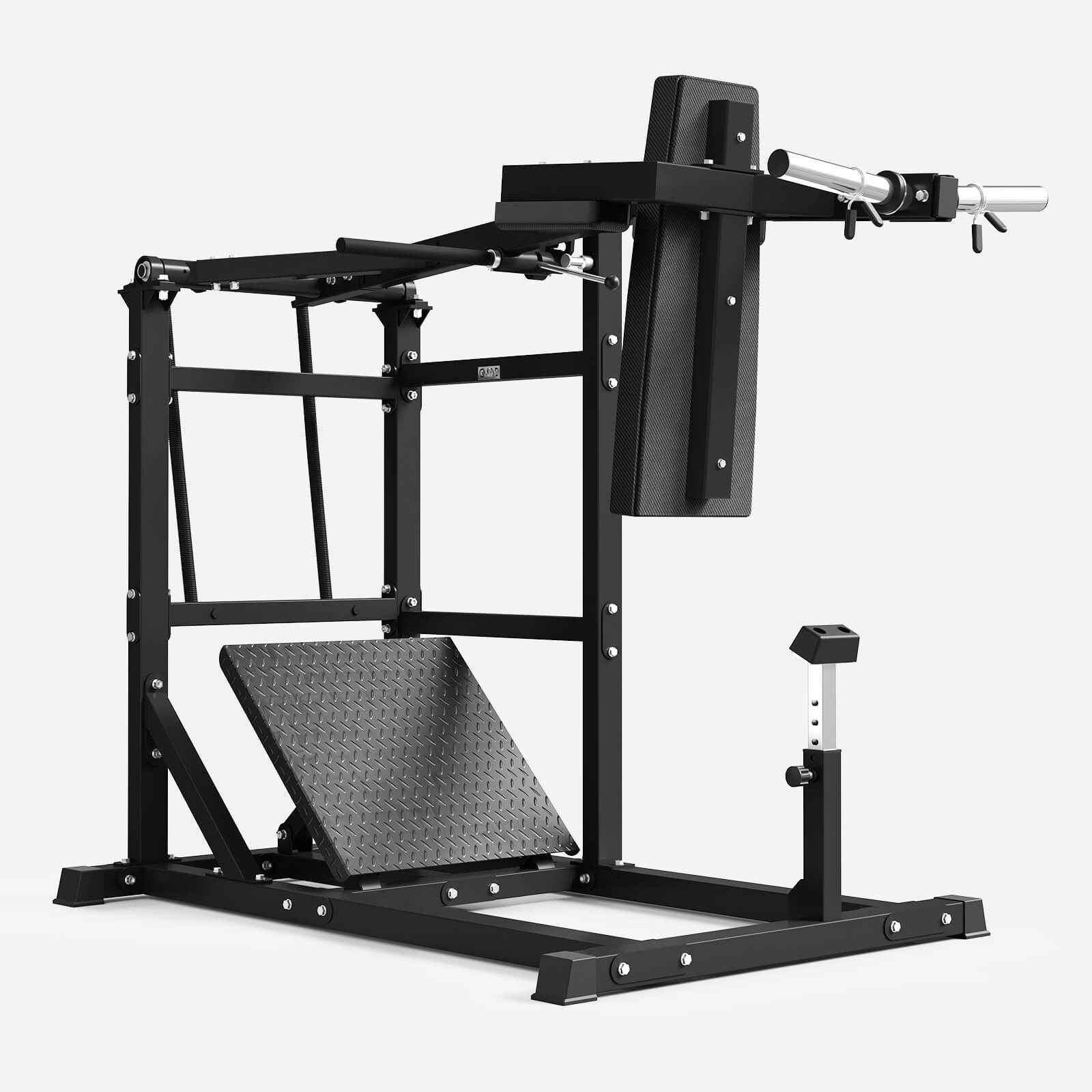
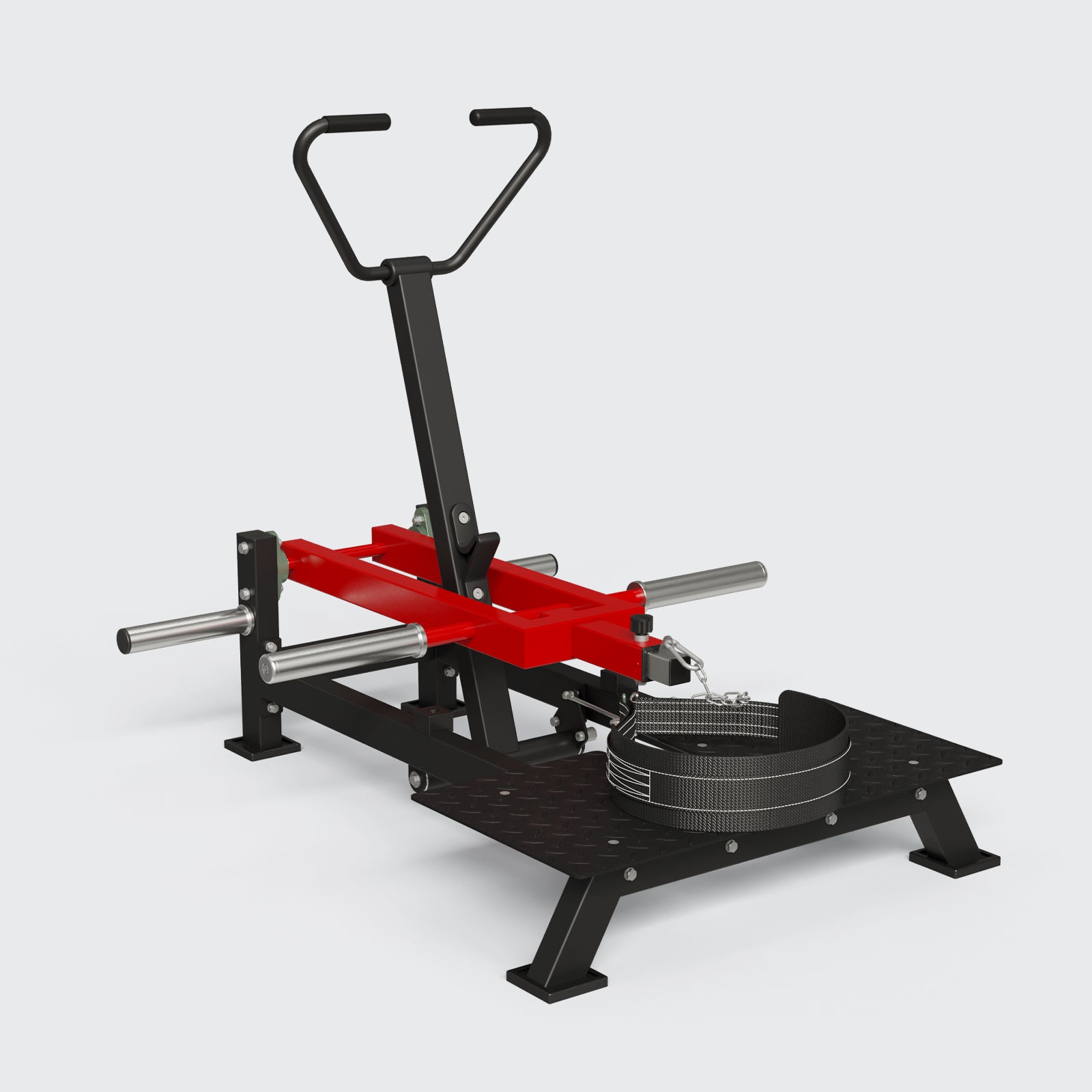
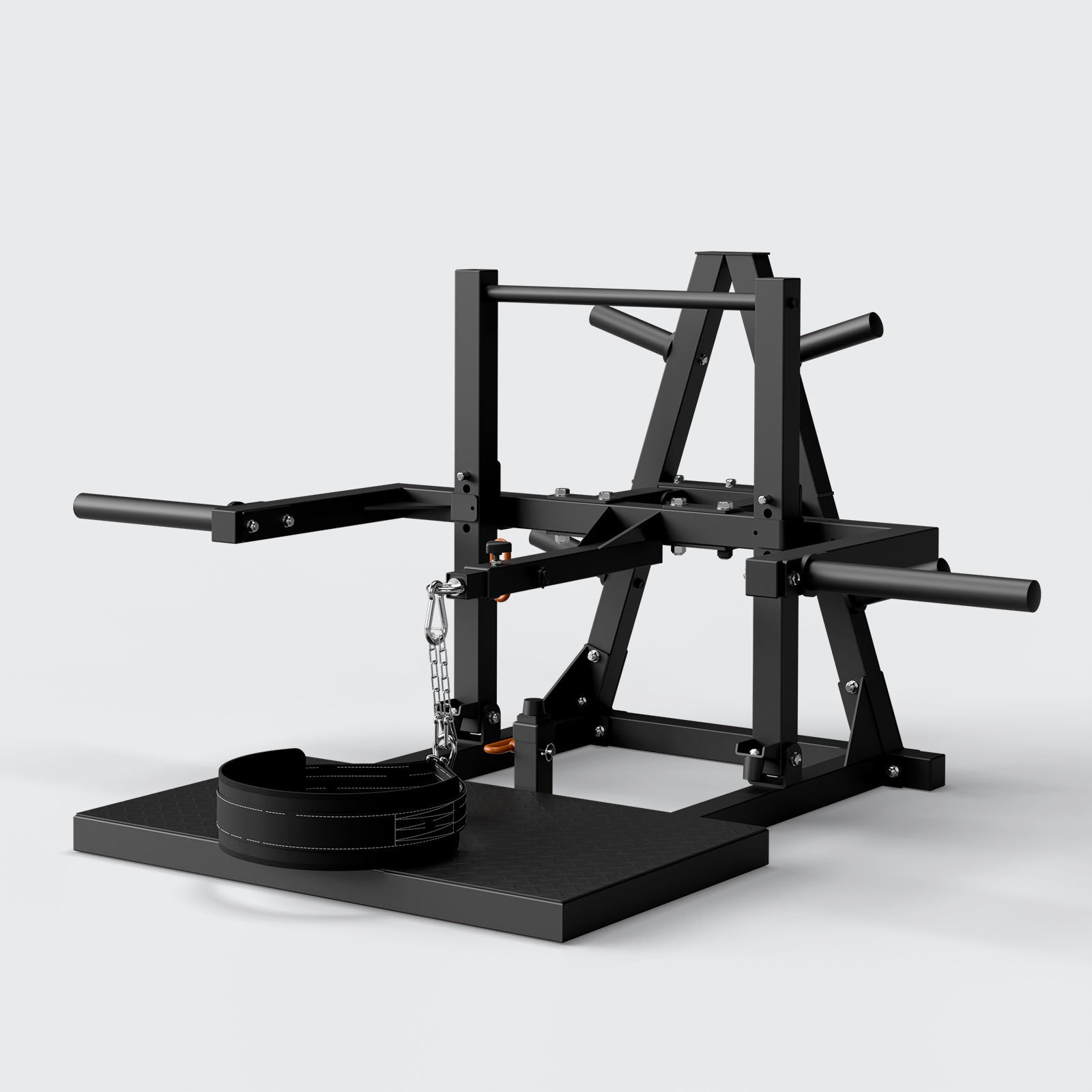

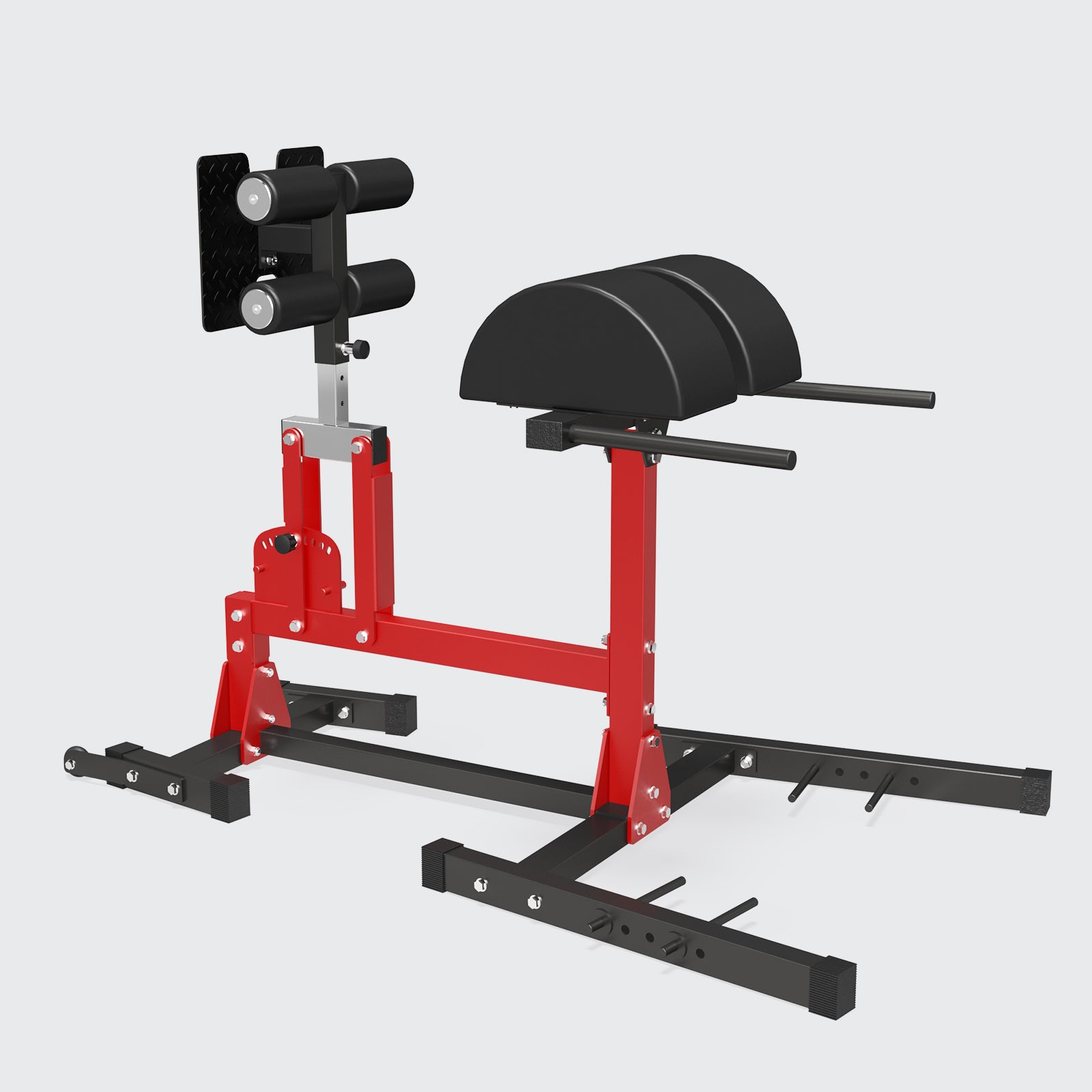
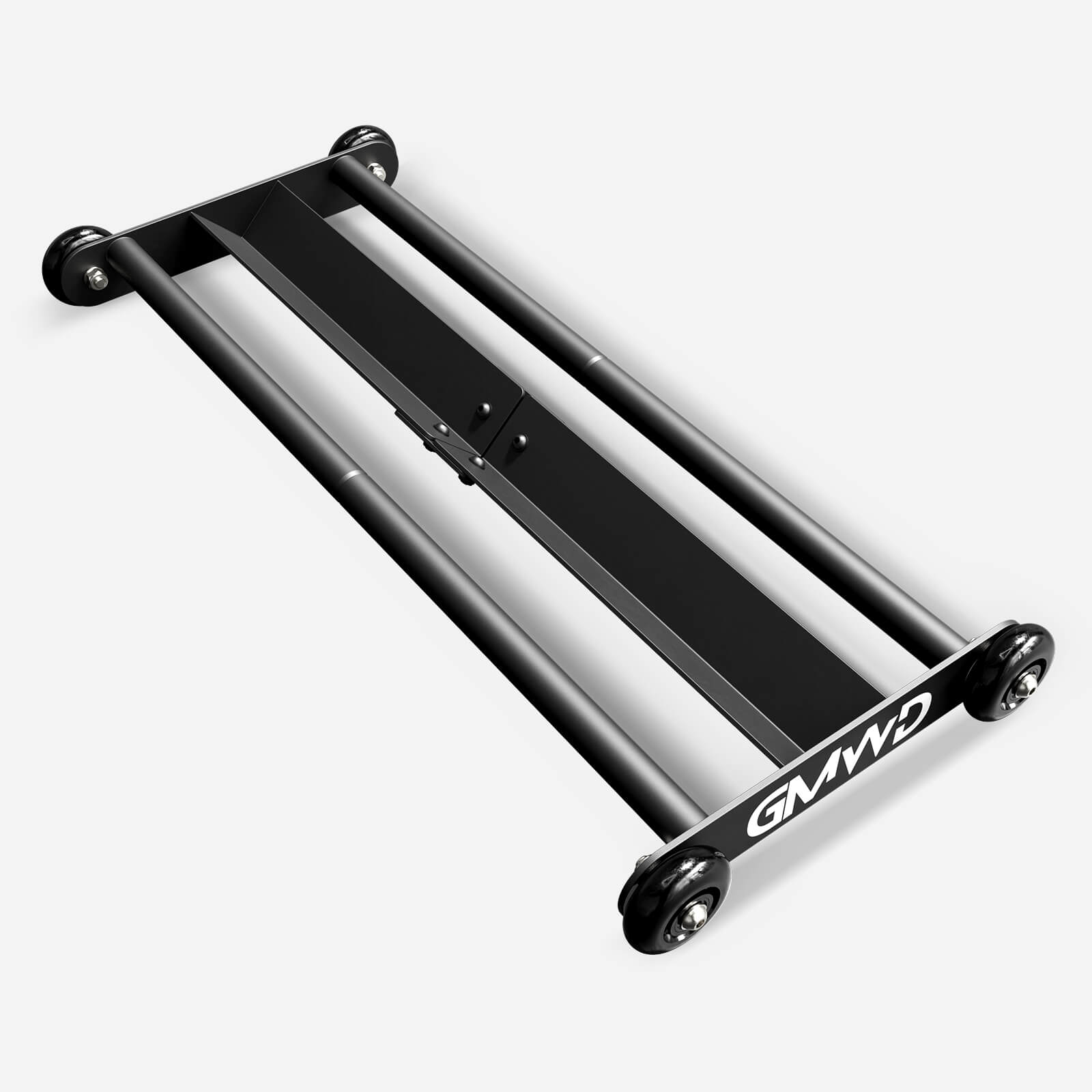
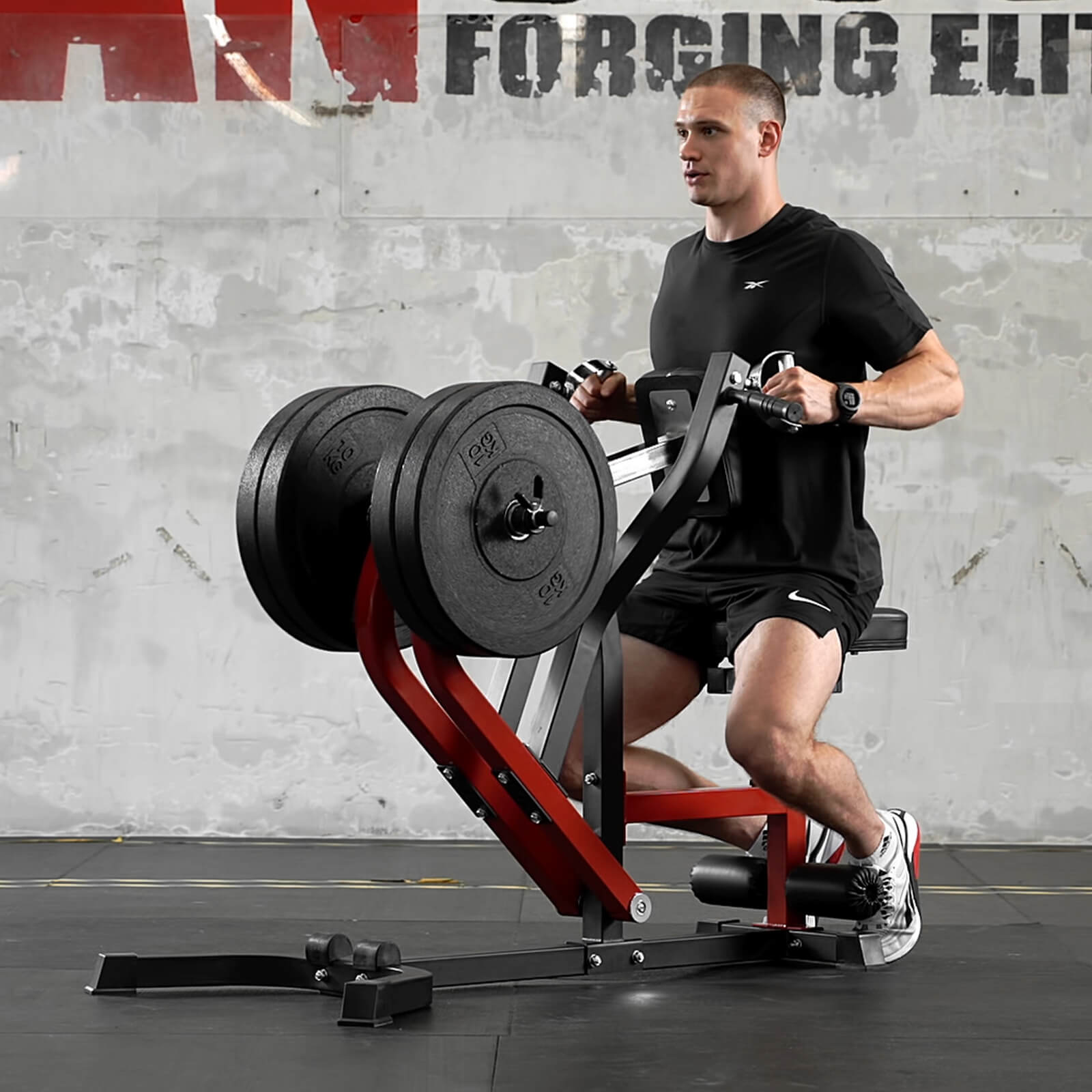
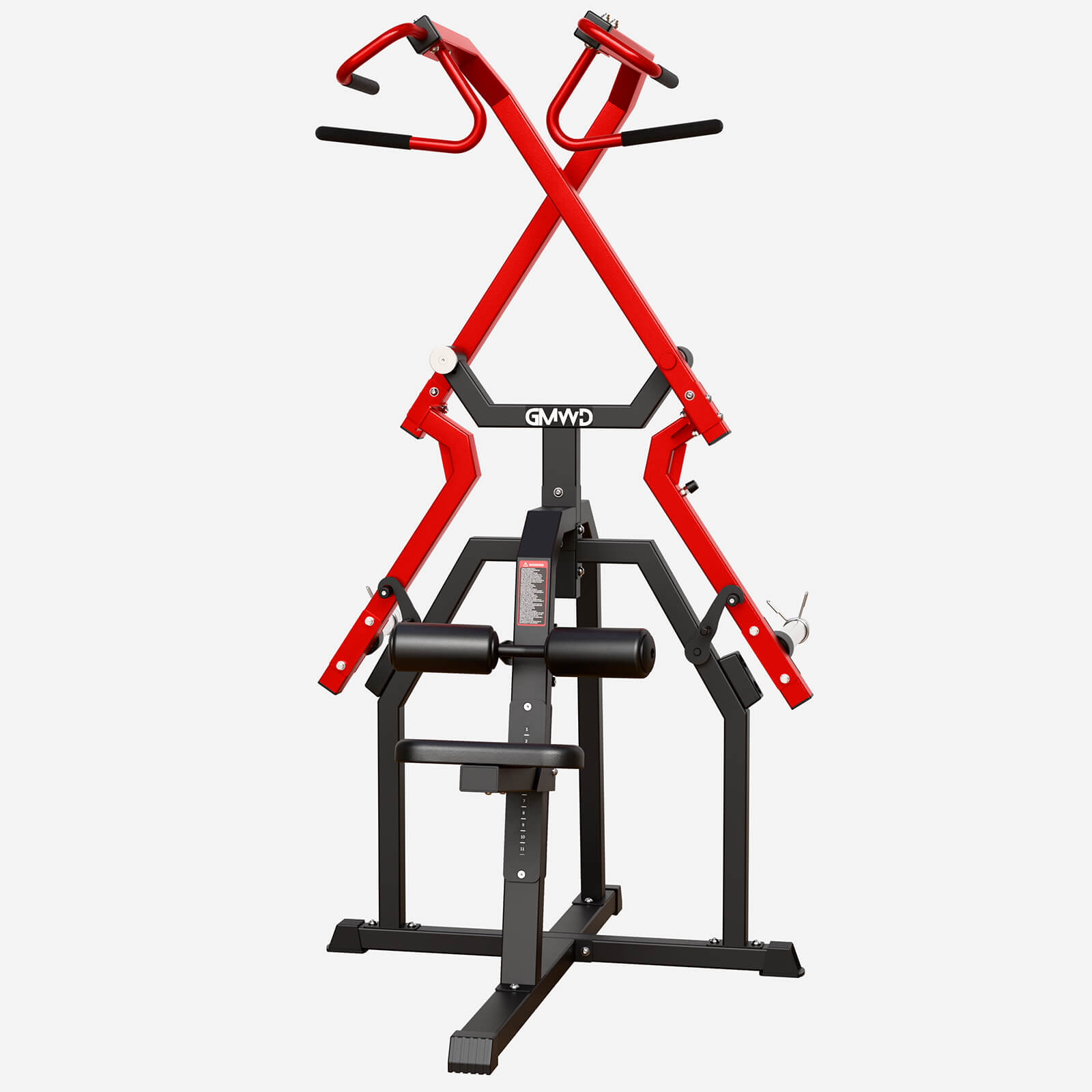
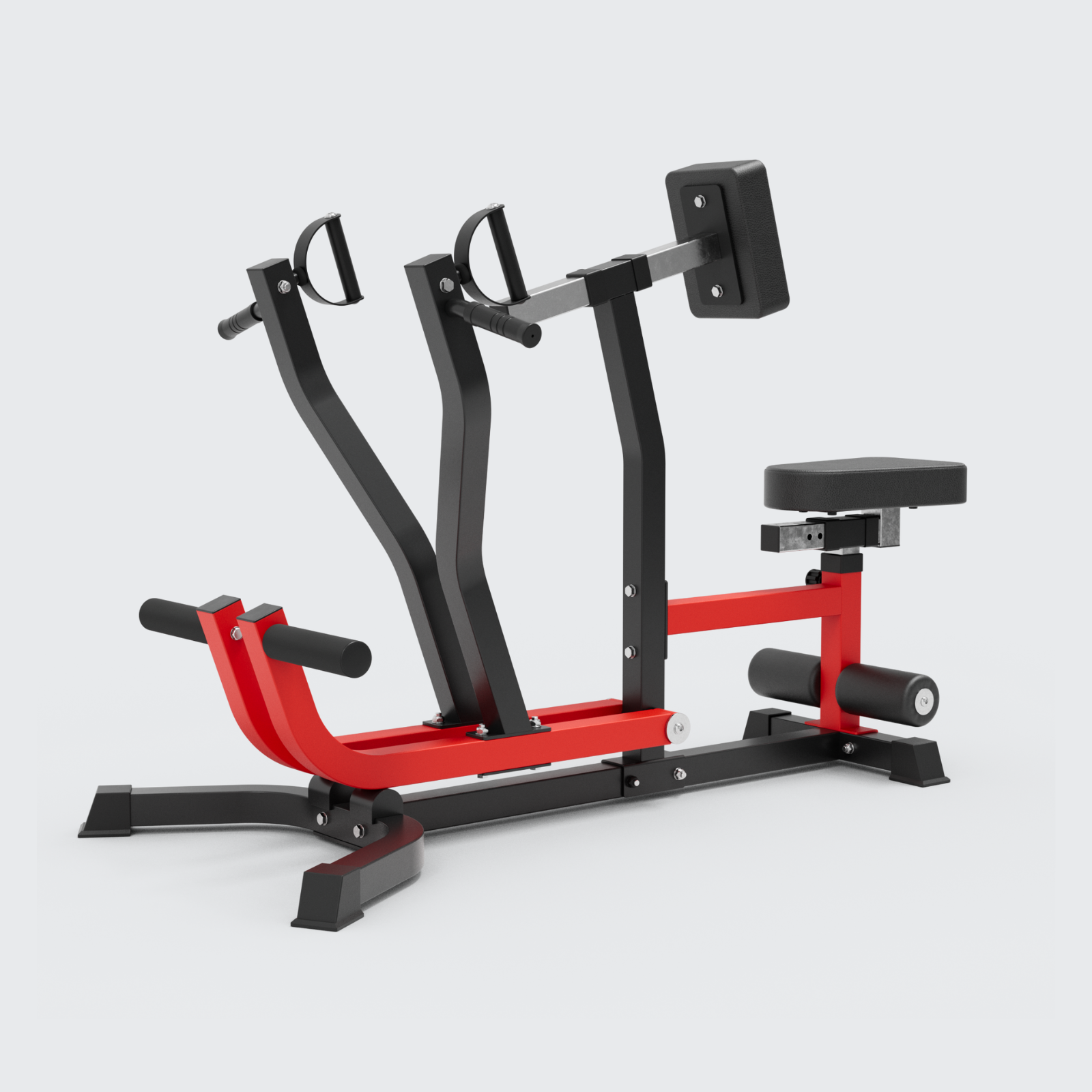
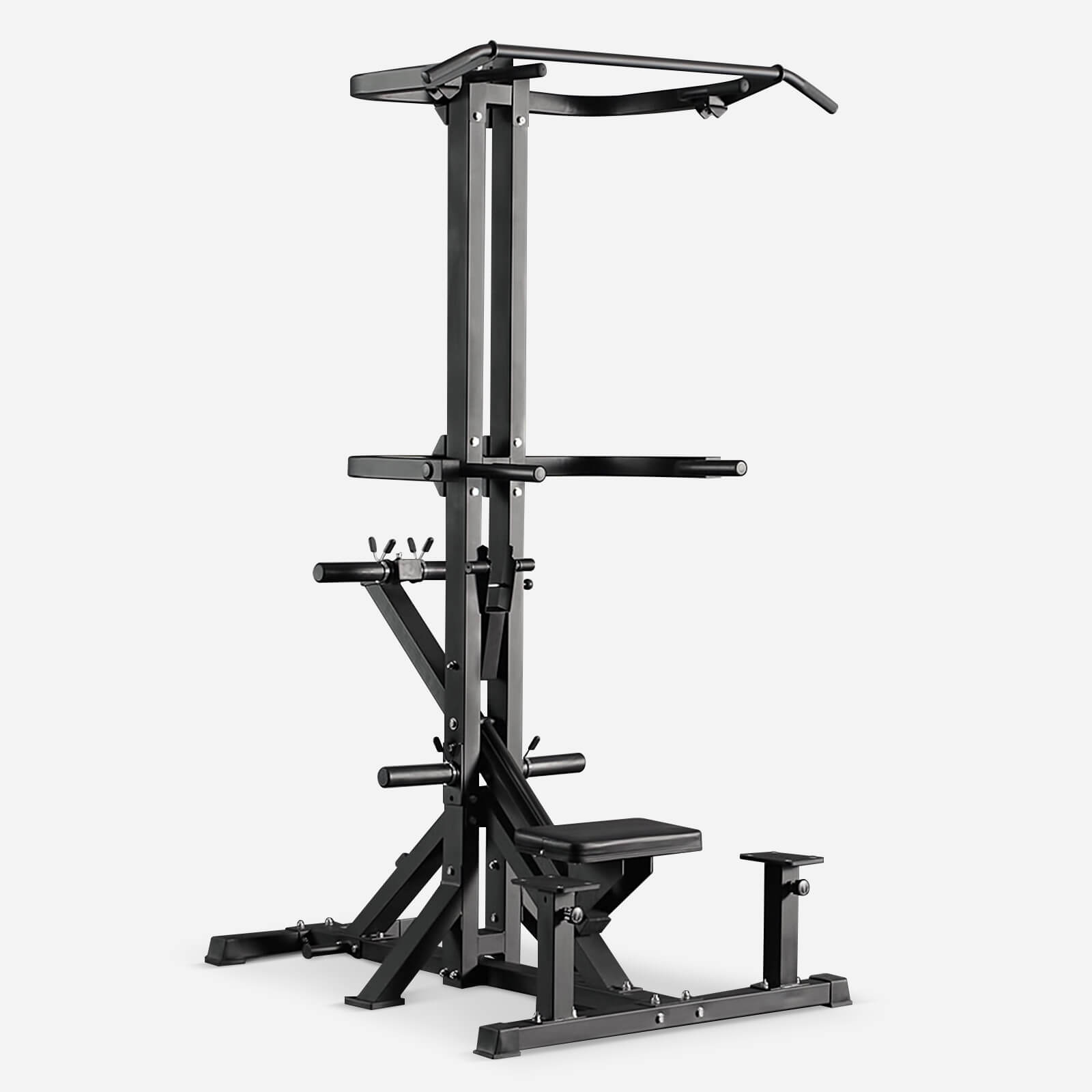


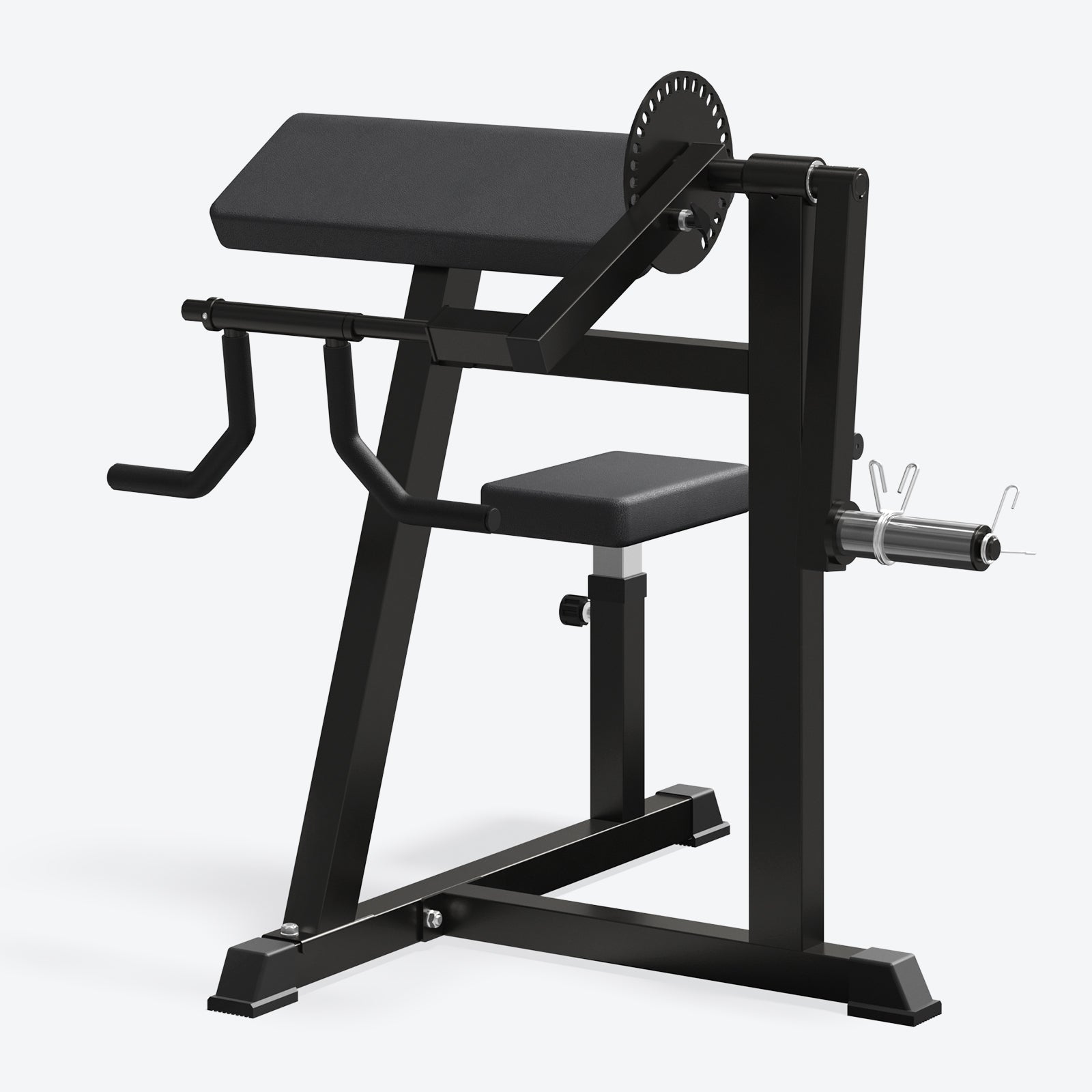
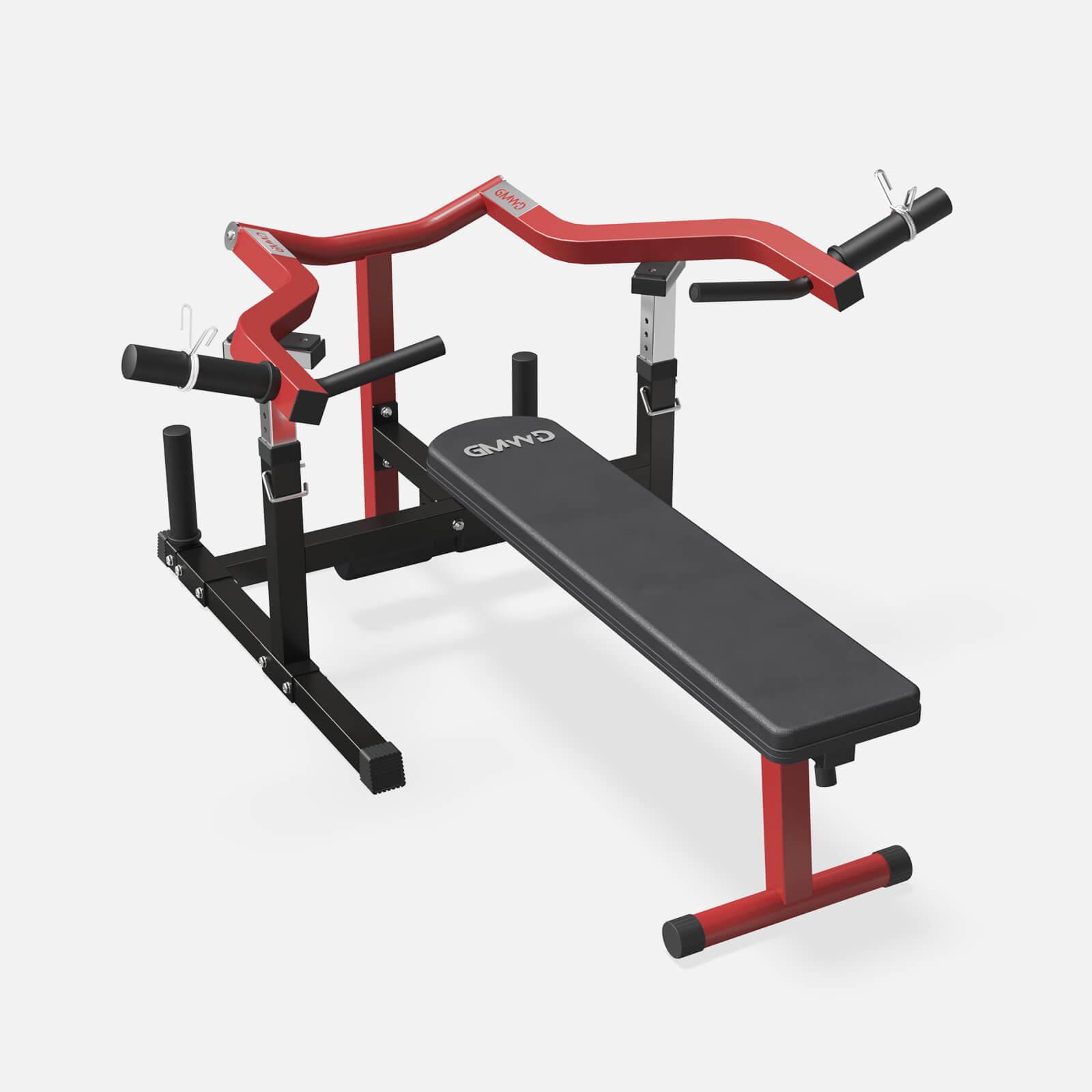
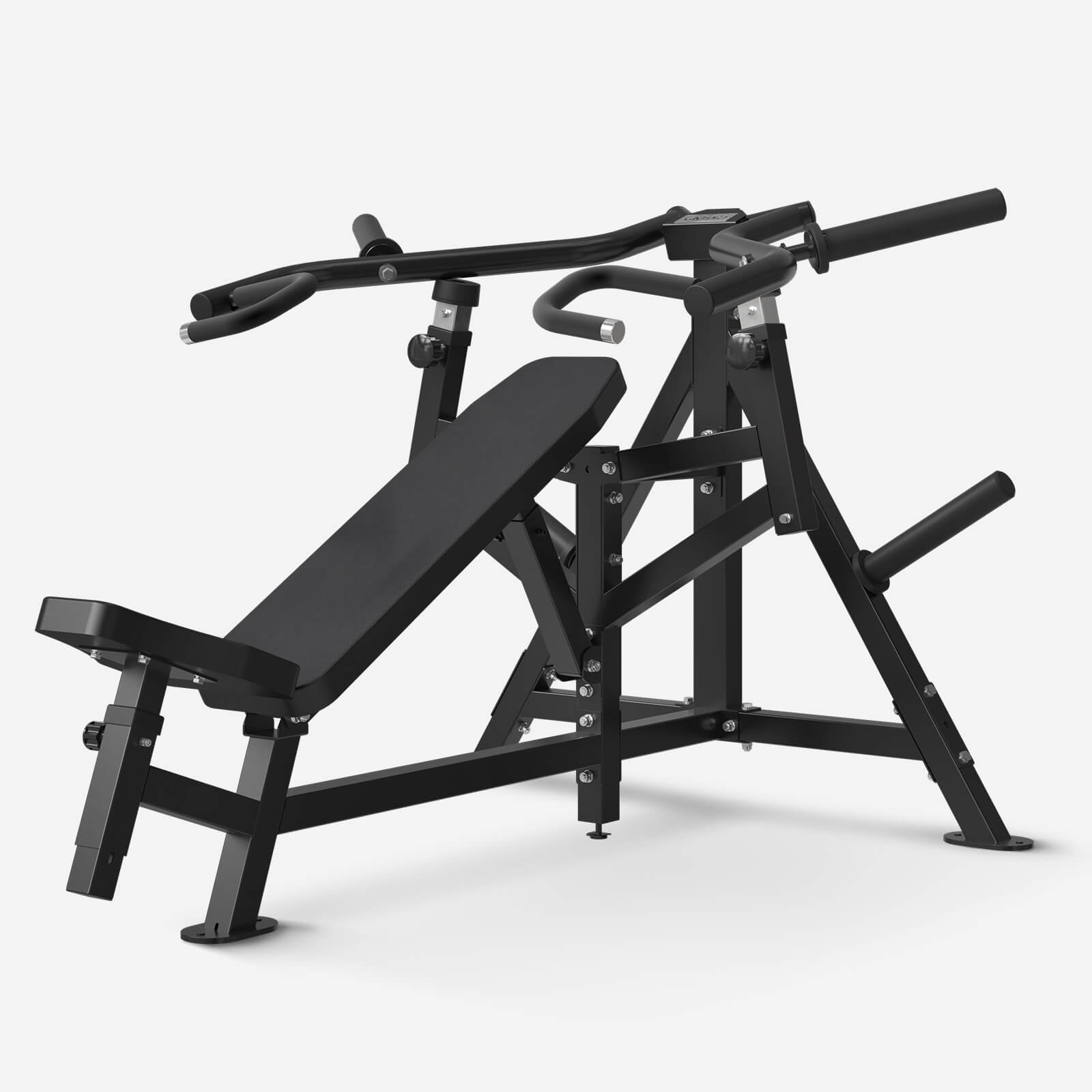
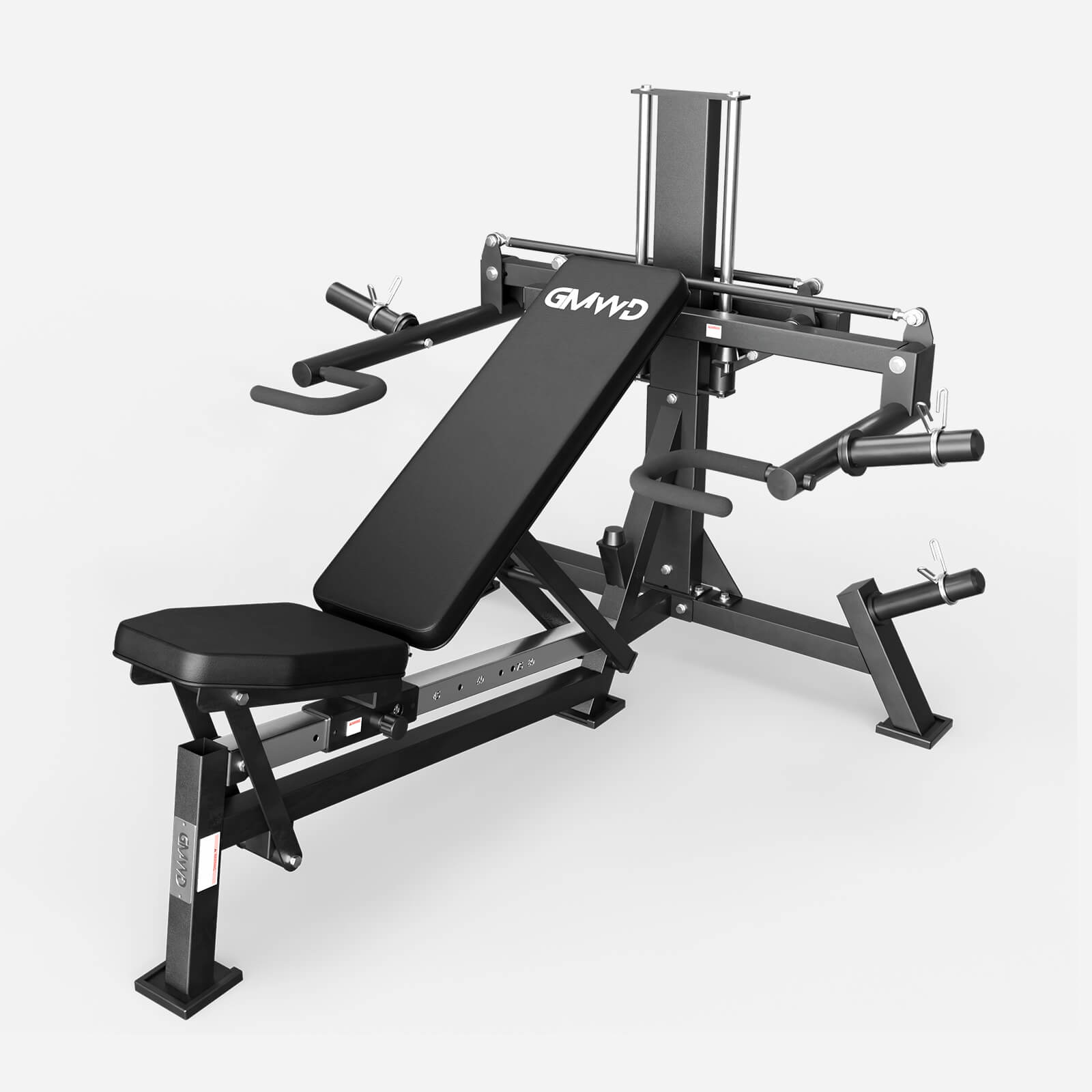
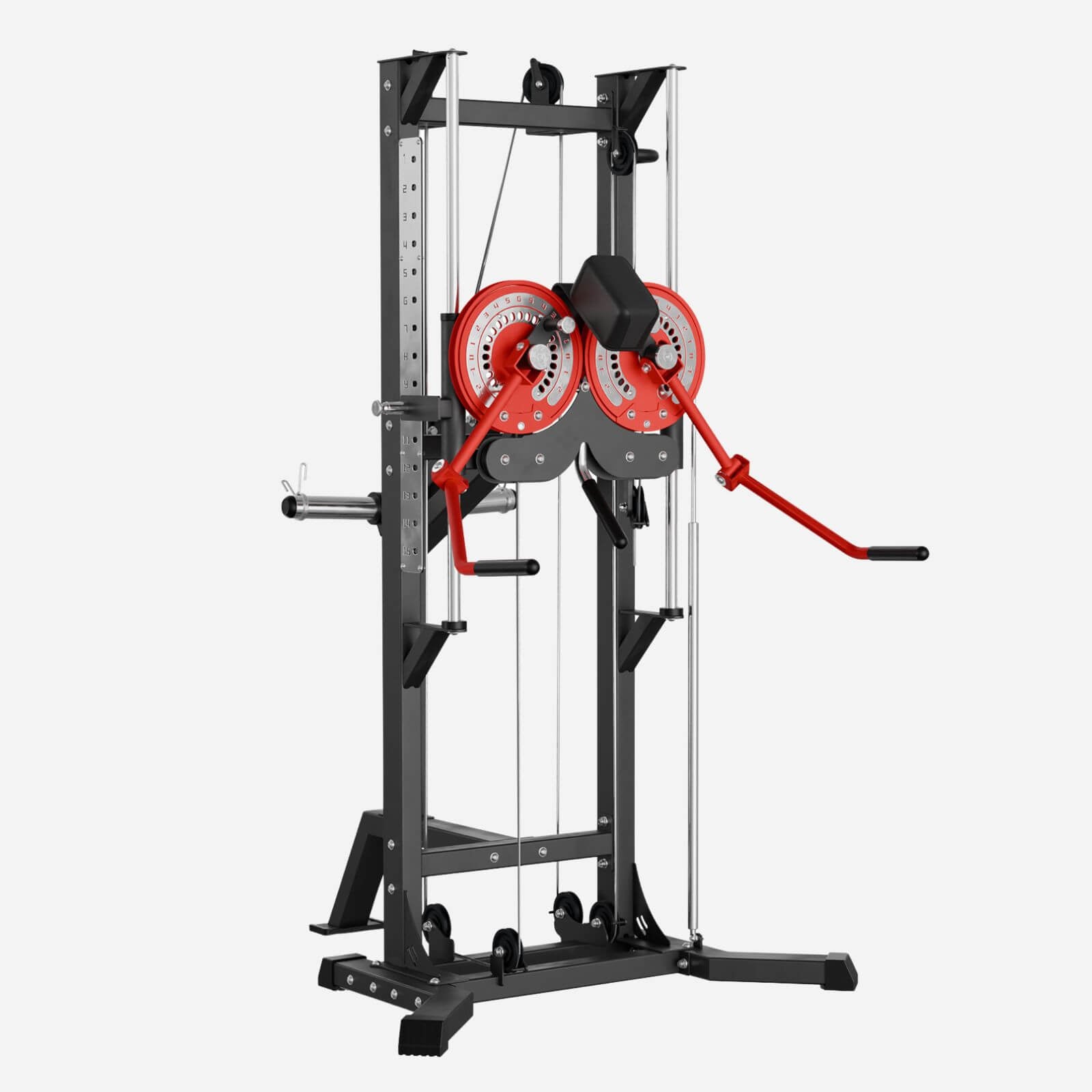
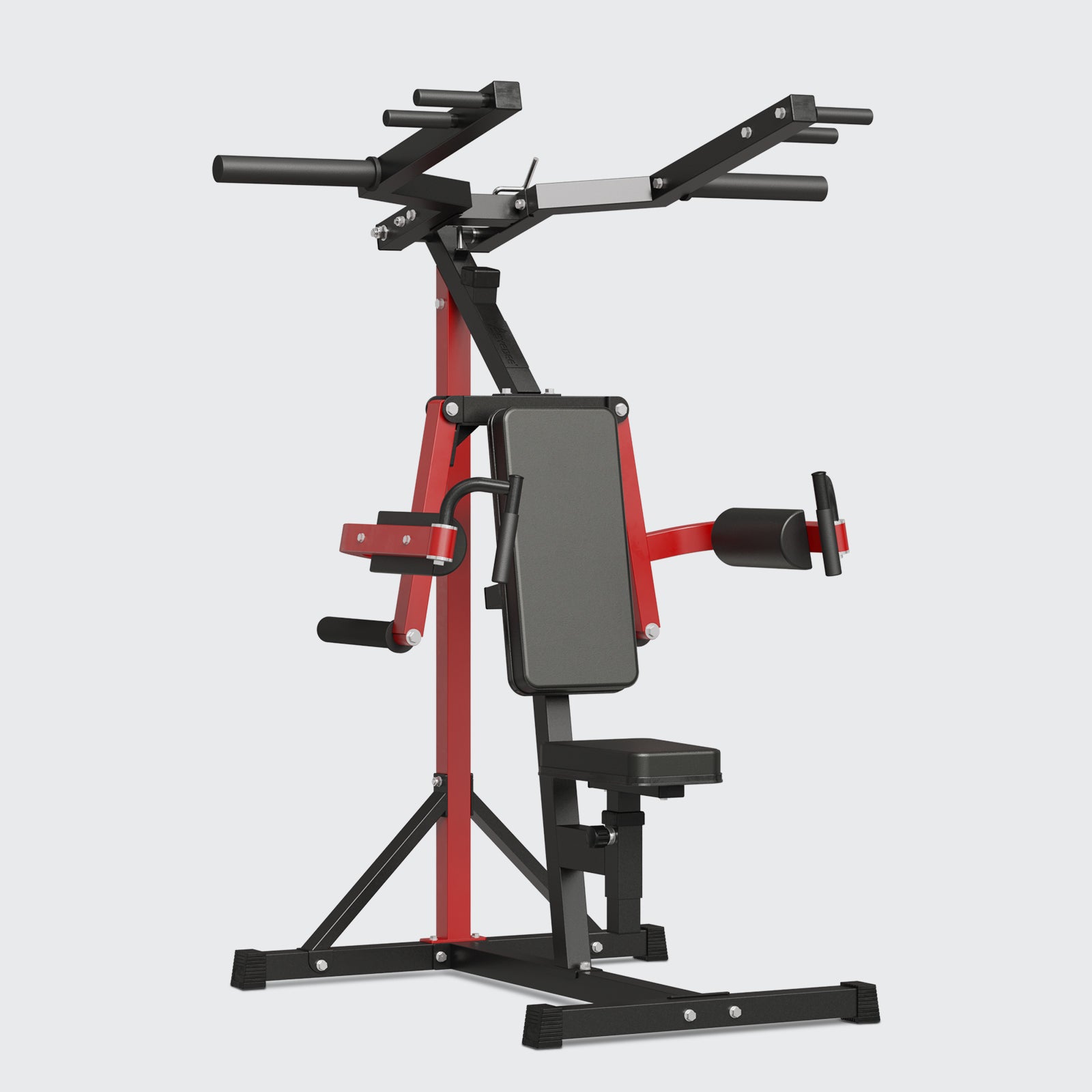
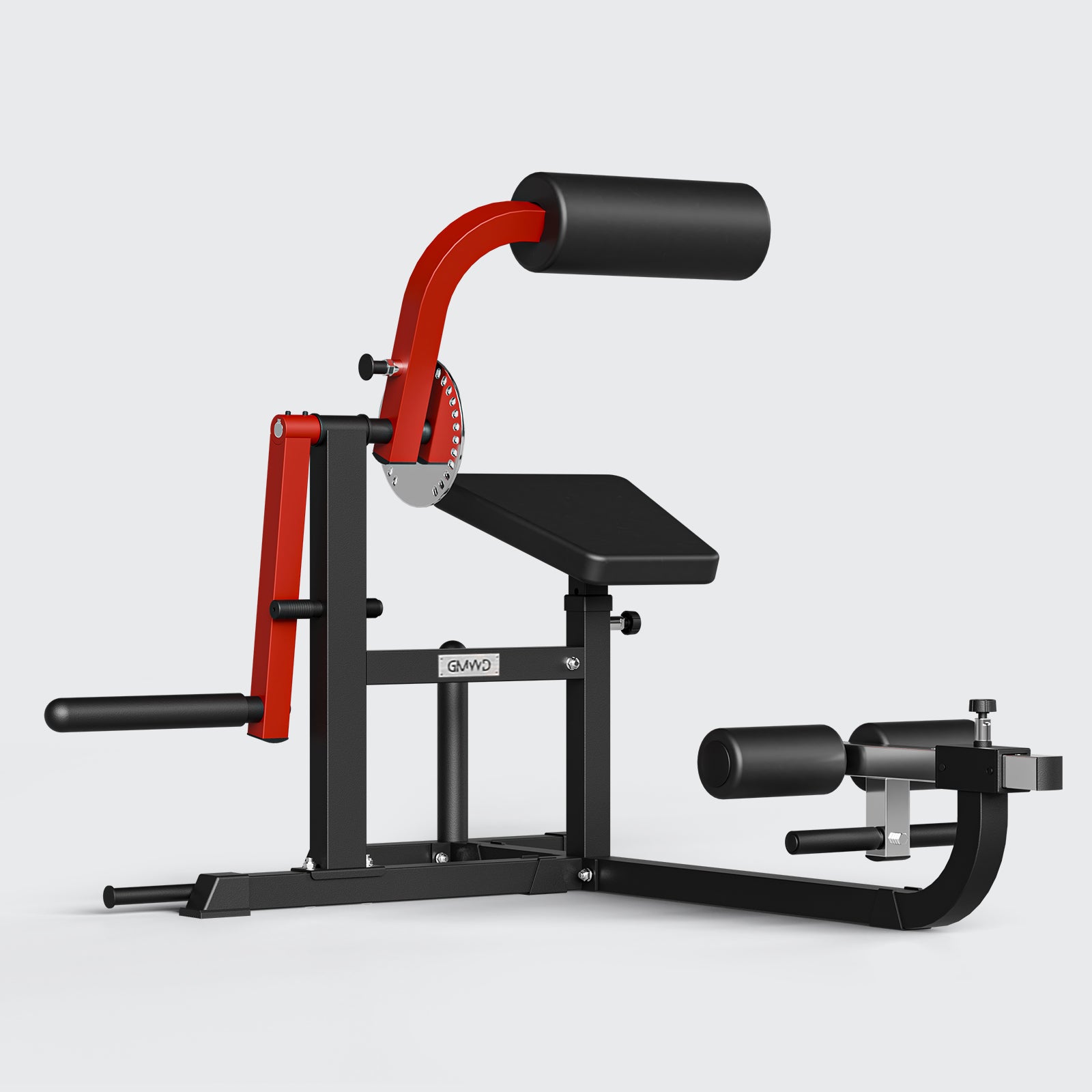
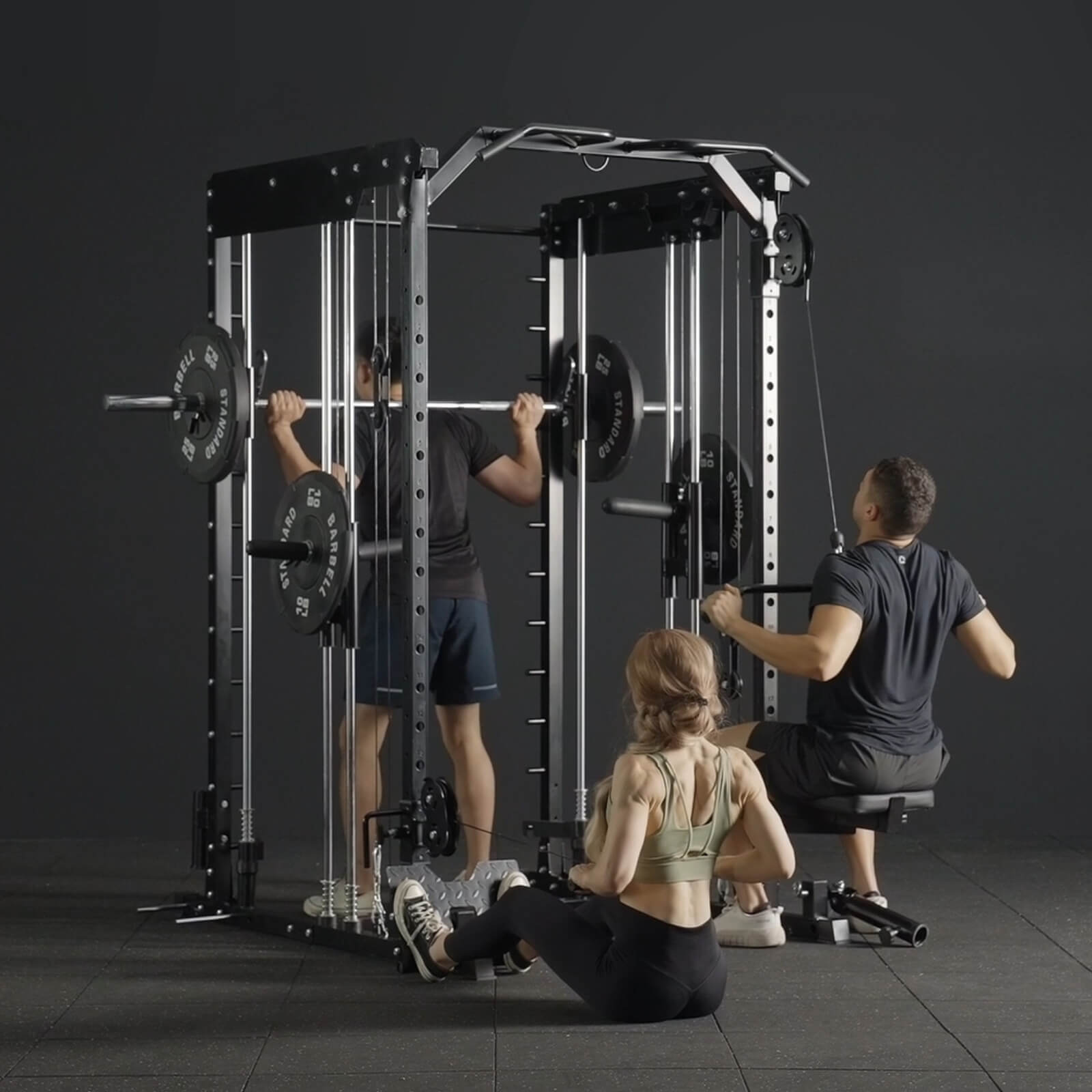
Leave a comment
All comments are moderated before being published.
This site is protected by hCaptcha and the hCaptcha Privacy Policy and Terms of Service apply.